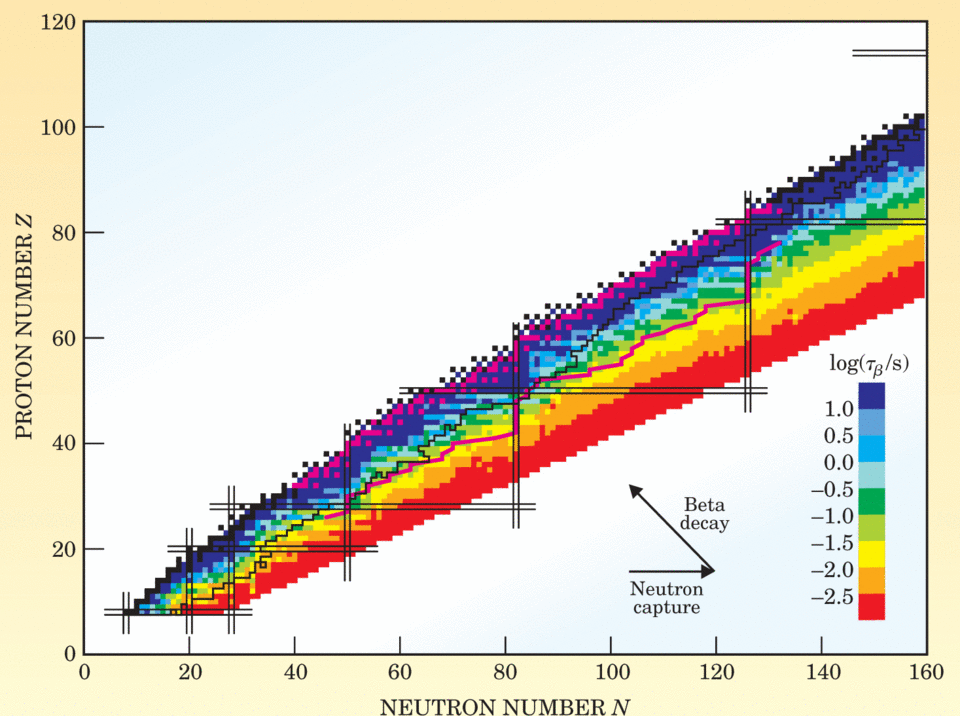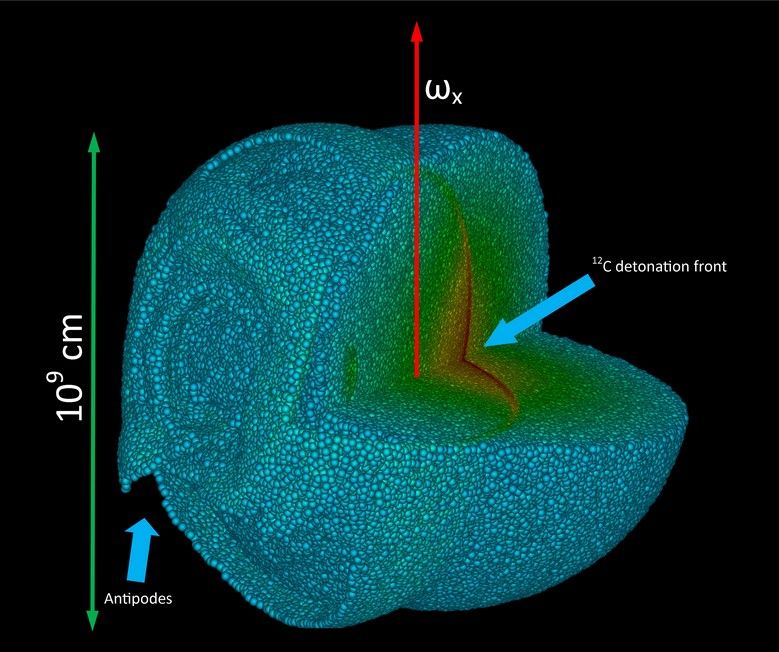
Theoretical Astrophysics
Theoretical Nuclear Astrophysics activities range from nuclear physics issues (e.g. cross section predictions for strong and weak interaction processes and properties of nuclei far from stability) to numerical simulations of explosive astrophysical events (e.g. supernovae , X-ray bursts, and binary neutron star mergers). A major focus exists on nucleosynthesis contributions of these objects to galactic evolution.


Computational Astrophysics
Macroscopic phenomena in nature - in astrophysics and on Earth - often originate from the interaction of tightly coupled microscopic processes with different characteristic length and time scales. We develop efficient transport/hydrodynamics algorithms in the context of gravitational collapse and supernova explosions. A reliable numerical link between the input physics and the observables in distant astrophysical objects provides new information about matter under otherwise inaccessible conditions, or vice versa, allows the prediction of a large-scale evolution based on well-known input physics.
Observational Astronomy
Topics of interest range from wide binary star statistics in our Galaxy, the structure and distribution of dwarf galaxies, the morphology of galaxies in general, and near-field cosmology. Most of our recent work is based on the Sloan Digital Sky Survey database.

